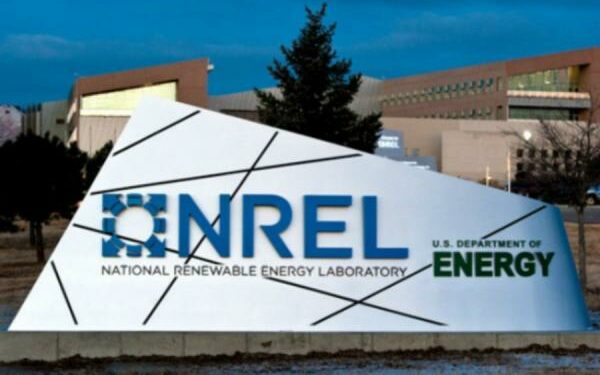Researchers at the National Renewable Energy Laboratory (NREL) have developed a model to evaluate the levelised cost of energy (LCOE) for long-duration energy storage systems.
The Storage Financial Analysis Scenario Tool (StoreFAST) identifies potential long-duration storage opportunities for grid applications with an 85% renewables penetration.
The techno-economic tool analyses both energy storage systems and flexible power generation systems on a side-by-side basis.
The model outputs visuals for three parameters: the LCOE, financial performance parameters, and time series charts for all financial line items.
Primary inputs to the model include system power output capacity, capital costs, operations and maintenance (O&M) costs, charging electricity or fuel costs, storage duration, and capacity factors.
The model allows users to specify up to 15 parallel technology assessments that can span different storage types or focus on a single technology variant.
However, while the tool omits lead-acid it does include lithium-ion due to “peer reviewers insistence”.
NREL’s senior chemical engineer Michael Penev told BEST: “The StoreFAST model is focused on long duration storage, and lead-acid batteries typically do not operate in long-duration scales.
“Typically lead-acid batteries may be sized for maximum discharge duration of ~1-2 hours at maximum power.
“When considering short duration storage, items such as ancillary services, voltage regulation comes into play, which are out of scope for the StoreFAST model.
“In it we have included a lithium battery due to peer reviewers’ insistence, but overall we focus on technologies that are meant to provide energy services alone for durations exceeding ~12h.
“That does not preclude users to assess other various energy storage technologies including batteries for which they would need to provide their own specifications for cost of charging, storage and discharging.”
Analysing key parameters
StoreFAST analyses key parameters including system cost, performance, and capacity factor to calculate the net present value of all capital, operating, tax, and financing expenses divided by the system lifetime electricity sales.
This definition of LCOE offers a consistent comparison of storage technologies, says NREL.
The study found long durations of energy storage (e.g., more than 60 hours)— such as clean hydrogen systems with geologic storage, and natural gas with carbon capture and sequestration— are the lowest cost options, regardless of whether system costs are based on current or future technology.
Researchers also modelled the cost of an energy storage system using fuel cells designed for heavy-duty vehicles rather than conventional stationary fuel cells, and found that this system achieved 13%–20% lower LCOE.
Researchers based the tool on the Hydrogen Financial Analysis Scenario Tool (H2FAST), which they created in 2015 as an aid for analysing the financial aspects of installing hydrogen fuelling stations.












